The Chinese and Indians “sacrificed” for Britain, not for Malaya

Today, the Chinese and Indians talk about how they sacrificed for the county and about how they helped to develop the country, and so on. No, the Chinese and Indians helped make the British (and themselves) rich, not help make the Malays rich. Malaya was one of the British Empire’s richest colonies and, in 1945, 30% of Britain’s economy depended on Malaya. After WWII, Britain was almost bankrupt and, if not for Malaya, Britain would have collapsed.
NO HOLDS BARRED
Raja Petra Kamarudin
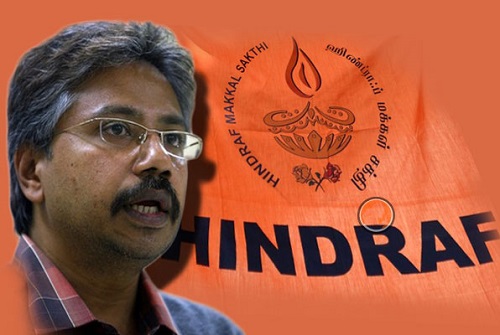
Dear Tan Sri Rais,
Indians and Chinese were brought in the 1920’s? Really? I guess you are one of the unfortunate millions of Malaysians being a victim of historical distortion.
Indians were forcibly exported into different states to man and toil rubber plantations whilst bringing further development to Malaya via railway networks, road connections and establishment of public utilities.
You mentioned 1920’s but failed to state the special inquiry held before that era on the large-scale deaths of Indians due to malaria, snake bites and wild animals.
Didn’t the Indians die in hundreds of thousands in the plantations, building roads and railway lines in 1800’s and early 1900’s? Can you imagine any other higher sacrifice any community could render to a country? For Indians “Tanah tumpahnya darahku” is very meaningful and we take pride of it. Didn’t the Indians and Chinese form the backbone of administration, labour and economy in Malaya during the yesteryears?
Do check out the Gross Domestic Product (GDP) of 1956 and you will understand the economy of this country would have collapsed if Indians and Chinese were repatriated upon Merdeka.
Our forefathers worked out independence on the basis of “Bersama Maju” and were happy with the political and social arrangements.
I’m happy to share with you the genuine and factual historical documents over a cup of coffee after Raya my dear friend. May the blessings of Almighty be showered upon you during this holy month.
Waytha Moorthy Ponnusamy
****************************************************
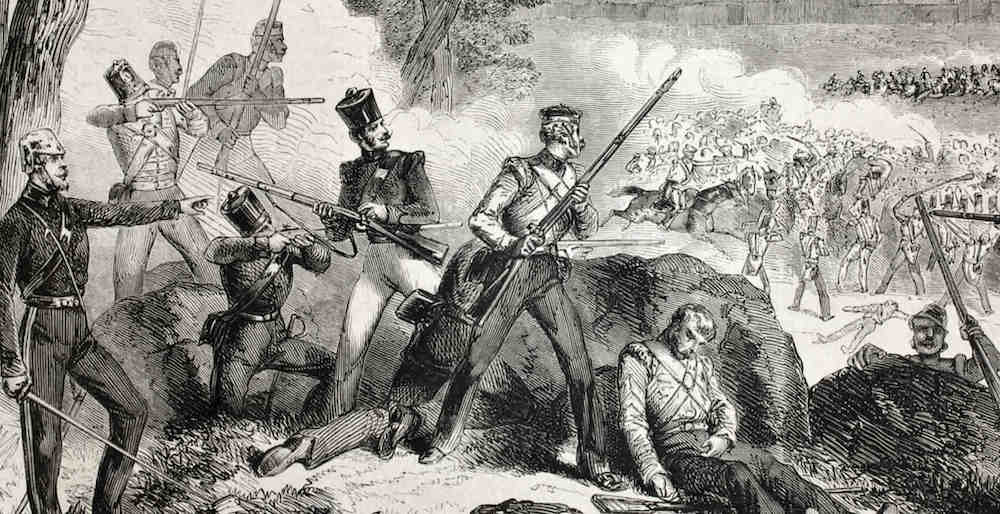
It was the British East India Company and not the British government that ran India and Malaya
I believe Waytha Moorthy needs to take a course not only in Malayan-Malaysian history but in world history as well if he wishes to engage Rais Yatim in a debate — because his narrative on the Indian migration to Malaya is not quite accurate.
The Chinese-Indian migration to Malaya actually started in the mid-1800s and by 1920 the British government ended the migration policy because (1) there were too many immigrant workers in Malaya and it was beginning to become a social and political problem (2) the world was facing an economic depression so they no longer needed workers, which was a purely economic issue (READ: Depression of 1920–21).
In short, for social, political and economic reasons, by 1920 the British no longer needed Chinese and Indian workers.
Now, let us go back a few years to discuss the reason why in the first place the British needed workers from China and India? First let us talk about the Chinese workers.
The British East India Company (EIC) was incorporated on 31st December 1600 in London. It was wound up on 1st June 1874. So, for 274 years, it was NOT the British government but a company listed on the stock exchange that ran India. And the EIC ran India as a business. It was not until 1858 that the British Government took over the running of India under “Crown Rule”.
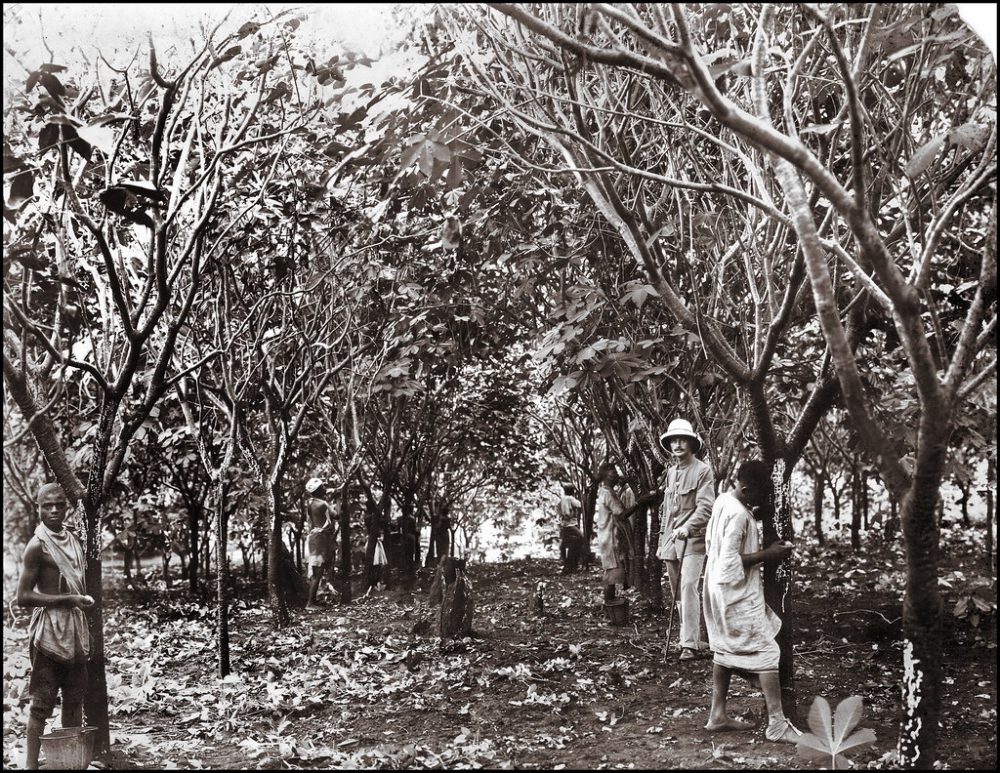
The Indians served British businesses and helped make England prosperous
Meanwhile, in 1819, the EIC sent Stamford Raffles to Singapore to set up a trading post, which the EIC leased from the Johor Sultan (and which was incorporated into the Straits Settlements in 1826).
But the EIC in India did not give their Singapore operation any money. So, the EIC operation in Singapore had to look for money to pay the salaries and operating cost of its administrative staff, army, police and navy.
To solve this problem, the EIC in Singapore invited the Straits Chinese from Melaka to set up businesses in Singapore. Of course, the Chinese had to pay for the quotas, licences and permits to operate in Singapore — plus pay taxes on their profits. Concessions for opium cultivation were also tendered out on an annual basis and this was very profitable for both the British and the Chinese.
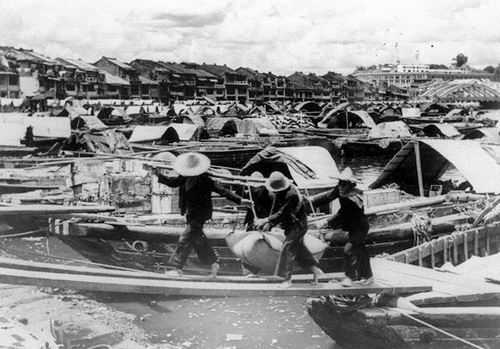
The Chinese were in the opium trade and they helped make Britain, Singapore and Hong Kong rich
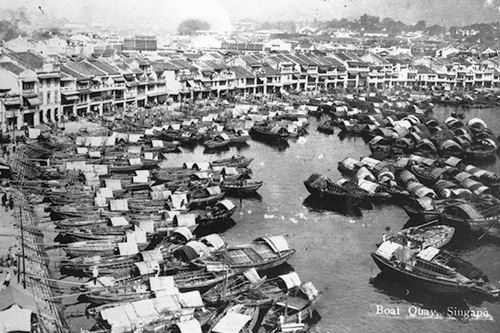
The opium from Johor and Singapore was exported to China and after the Opium War in 1842 to Hong Kong. And the Chinese exporters had to use British ships to send their opium to China and Hong Kong.
That was why Singapore was set up and why Singapore grew.
To work these opium fields, the Chinese towkays needed workers. So, the ships that transported opium to China and Hong Kong brought workers back to Johor and Singapore.
Around that period, an estimated 80-100 million Chinese died of civil wars and famines. So, one way to escape death was to migrate to Malaya. In short, leave China or die. And that was why the Chinese came to Malaya — not to help develop the country, but to escape death. And, of course, ALL these Chinese were brought in by the triads and they had to join the triads or else they would be murdered.
Some of the triad members eventually became the bosses (if they did not die of disease or gang-fights like 80-90% of the first wave of Chinese who came to Malaya). Hence, the business towkays were basically all triad bosses who came up through the ranks to make it big.
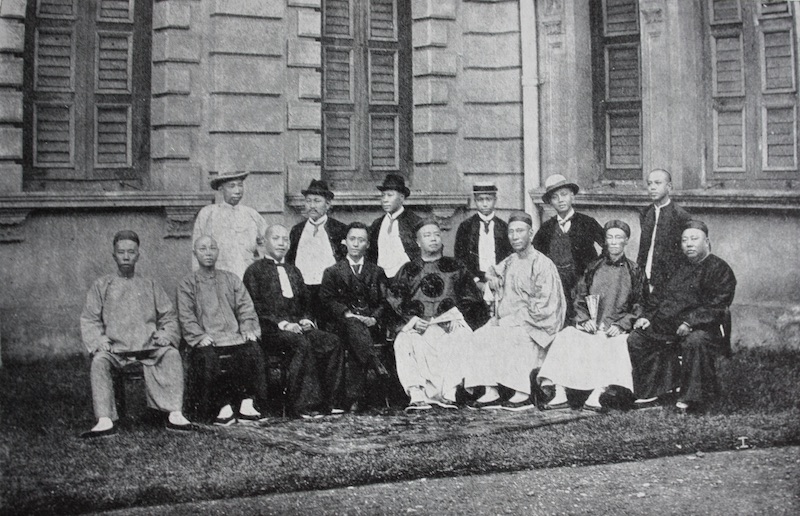
The British invited the Straits Chinese from Melaka to set up businesses in Singapore
The bottom line is: the British needed money to run the Straits Settlements of Melaka, Penang and Singapore so they helped the Chinese to get rich so that they could share that profit. In essence the British were the first Ali Baba. The British sat on their backsides and allowed the Chinese to run the businesses and took a share of the profit for doing nothing — other than giving the Chinese quotas, licences and permits and taking a cut of the profit (sounds familiar?).
Now, the Indian migration story is slightly different because the Indians came to Malaya in waves.
The first wave was before the time of Parameswara. The Indians came to Malaya (which did not exist yet then, of course) to trade. And the Indians also introduced Islam to the Malays (which is why the Malay version of Islam is more Indian than Middle Eastern — some will know what I mean).
In 1815, the British began to take over cocoa production in Ceylon (which the Dutch had started in 1740). By 1846, however, production declined due to an economic depression so the British relocated to Malaya. However, Malaya had no experienced workers so the British brought the Indians from Ceylon and South India to Malaya to work the cocoa plantations (since they were already plantation workers and hence need not be trained like they would have to if the British used Malays).
Soon after that the world experienced a glut due to overproduction of cocoa so the British switched over to rubber. Since the British already owned plantations and had workers from South India and Ceylon, they just converted the cocoa plantations to rubber plantations. This was around the 1870s.
The Indians did not really “sacrifice” for the country, as Waytha Moorthy says. They came to Malaya to work because there was no work in India. In fact, around that period in the 1870s, around 58-59 million Indians were affected by famine and an estimated 10 million Indians died.
Hence, just like in the case of the Chinese, it was: migrate to Malaya or else die! And, just like for the Chinese, the Indians came to Malaya to escape death.
Today, the Chinese and Indians talk about how they sacrificed for the county and about how they helped to develop the country, and so on. No, the Chinese and Indians helped make the British (and themselves) rich, not help make the Malays rich. Malaya was one of the British Empire’s richest colonies and, in 1945, 30% of Britain’s economy depended on Malaya. After WWII, Britain was almost bankrupt and, if not for Malaya, Britain would have collapsed.
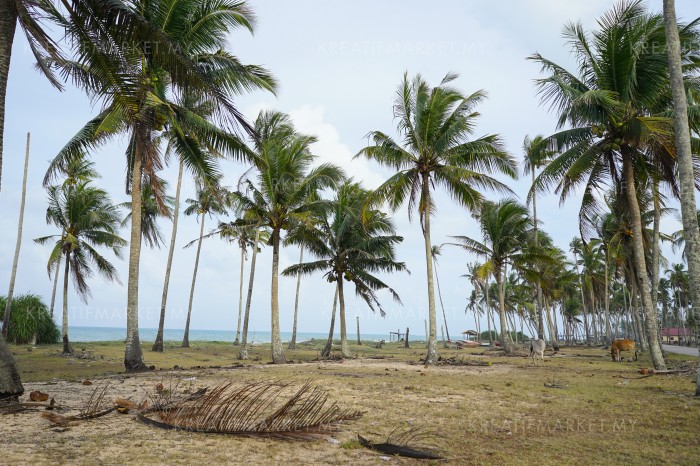
While the Chinese and Indians helped make the British (and themselves) rich, the Malays were left out of the development over those 150 or so years
So, the truth is, the Chinese and Indians “sacrificed” for Britain, not sacrificed for Malaya. The British, on the other hand, helped save millions of Chinese and Indians from starving to death in their homeland. And, in return, the Chinese and Indians helped make Britain very prosperous.
The Malays stayed in the kampung when the British first came to Malaya and they continued to stay in the kampung until the British went home in 1957. And if not because of Umno in 1946 and the New Economic Policy in 1970, the Malays would still be living in the kampung until today.
And that is the correct version of history, not Waytha Moorthy Ponnusamy’s fairy tale.

